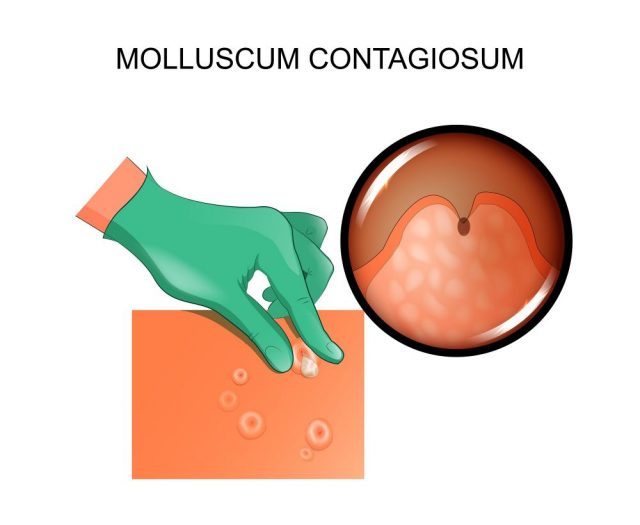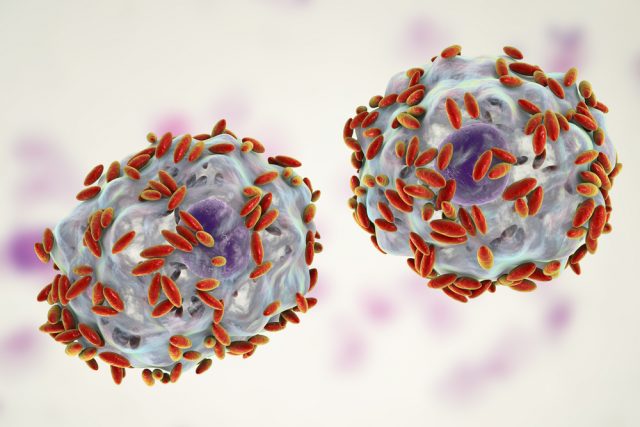Shared Disease and Bacteria from Sharing Swimwear
Finally, the summer season is here. It is time to enjoy pool time, sunshine and of course vacations at the beach. With the beginning of this wonderful season; one thought that comes to every mind is enjoying water sports in a swimsuit.
Dressing rooms are soon going to be full of the woman trying numbers of swimsuits to ensure all essential body parts are well covered, and they look sexy as well. You might be visiting so many brands to pick the best collection, and you spend hours standing in the tries room lines. Suddenly you hear someone saying that; should I really try it here or it must be washed before to avoid STD. Well! That whispering sound strike you hard and you start thinking about the risks associated with shared swimwear. Indeed, it can spread so many dangerous diseases.
The same situation happens at water sports part where you will find reusable bikinis and swimsuits to enjoy the activity for few hours. Although; they say that all clothes are washed and hygienic, but can you really be sure about that? It is actually a dangerous thing because so many cases have been already reported where men and women are suffering from serious STD just because of shared swimwear. There is no doubt to say that harmful diseases can get transferred from one person to other via shared clothes, especially swimsuits, so it is important to take preventive steps for your health. When you are serious about enjoying water sports activities, prefer to carry your personal swimwear to enjoy the moment.
List of shared diseases and bacteria that can be transferred from sharing swimwear:
- Trichomoniasis:
Trichomoniasis is also known as trich, and it is a common infection caused by a protozoan that is named as Trichomonas Vaginalis. This infection generally passes through vaginal discharge that can get attached to clothes and other fibrous materials. Note that this parasite is actually anaerobic in nature that means it can grow easily even without the presence of oxygen. As a result, it stays outside our body actively for several hours. There are chances that this active parasite is present on your swimsuit that you are going to wear for the water sports activity.
- Public Lice:
Pubic lice or crabs are tiny parasitic lice, and they live in the pubic hair. These infectious parasites can get transferred to other objects when an infected person comes in direct contact with bed linens, towels, and swimsuits. Although crabs are not so common among people around the world but within past few cases as people are becoming more careless towards their wearables, the risks of disease infections are increasing day by day. Around 10% of the population is found to be living with public lice problem.
- Molluscum Contagiosum:
Here is another skin infection that is caused due to a virus. It can be identified by the presence of small raised bumps that are also named as lesions. With time, these bumps can raise their size from a pinhead to a pencil eraser. Note that there are chances of the virus getting spread directly from one infected person to another non-infected person with the second one comes in direct contact with the infected person’s fabric, clothing or other surfaces. Many people have reported this disease due to shared swimwear as well.
- Bacterial Vaginosis:
BV or Bacterial Vaginosis is well known as overgrowth of various bad bacteria in the vaginal area. Note that production of unwanted bacteria in the vagina can affect delicate eco-system. BV has the ability to survive in the synthetic fibers that are most commonly used as the material for designing swimwear. Moreover, it is hard to clean even after washing. It is one of the most common infections among ladies between the age group of 15 to 44.
- UTI:
UTI stands for Urinary Tract Infections that occur due to the presence of bacteria named as E. coli that is present at anus region and can enter into the urethra. Many studies report that this fecal matter is also found on swimwear and it can get transferred to another person as well if they share infected cloths. UTI is one of the most common and highly occurring infection in females, and it affects almost all age groups. Although there are many other causes behind UTI, shared swimwear is also a potential one of them.
- Hepatitis A:
Hep A is a virus caused by ingestion of some fecal matter that is commonly found on the swimwear. In case if you try an infected swimwear and after that go directly to enjoy some food without washing your hands; this fecal matter can travel into your body through your mouth.
- Hepatitis B:
Here is another common virus that is also originated from bodily secretions and fluids. It can easily affect a new host or non-infected person if he/she comes in direct contact with the fomites. Researchers reveal that Hep B can easily live on fomites even for 7 days. It is able to stay alive even in dry secretions as like dried blood. If you share swimsuit of some already infected person, there are more chances of suffering from the disease.
- Hepatitis C:
It is a bloodborne pathogen that is capable enough to live outside human body even for more than two or three weeks. The transmission to another body can occur if the skin is directly exposed to the blood of person affected with Hep C carrier. In case if the carrier or the infected person bleeds on the swimsuit, and later you wear the same infected clothes, there are chances to getting exposed to the harmful virus.
- HIV:
The serious issue is that shared swimwear or other cloths can also transfer deadly HIV virus. The chances are more if the person is already injured or have some wound and blood from that wound is transferred to the clothes that you are sharing now. In case if the virus finds direct contact with your body fluids, it can cause life-threatening issues.









